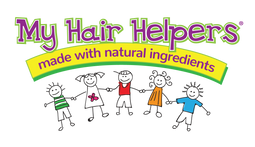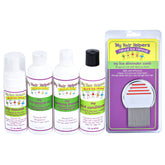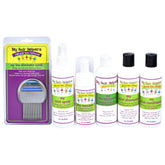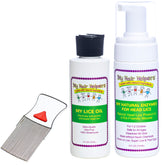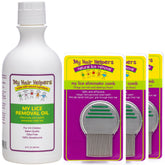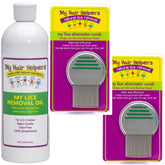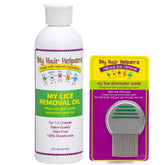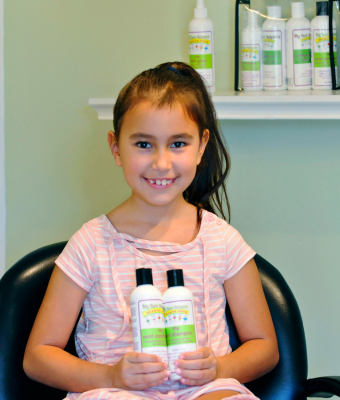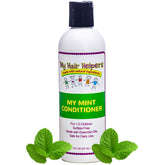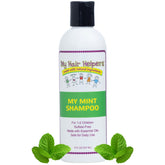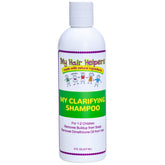ARE HEAD LICE AND BODY LICE THE SAME?

Lice are tiny, parasitic insects that can cause significant discomfort for those affected by them. While most people are familiar with head lice, particularly among school-aged children, there is often confusion about whether head lice and body lice are the same.
Although they are closely related, head lice and body lice have distinct differences in terms of their habitats, behaviors, and the health risks they pose. Here’s what you need to know about head lice and body lice.
What Are Head Lice?
Head lice are small, wingless insects that live on the scalp and feed on human blood. They are about the size of a sesame seed and are typically found clinging to the hair shafts close to the scalp. Head lice are most commonly spread through direct head-to-head contact, making children, particularly those in school or daycare settings, more susceptible to infestation.
The key characteristics of head lice are:
Location: Head lice live on the scalp, where they lay their eggs (nits) close to the base of hair shafts.
Transmission: They spread primarily through direct contact with an infested person’s hair. Sharing personal items like hats, combs, or hair accessories can also contribute to the spread, though less commonly.
Symptoms: The primary symptom of head lice is itching on the scalp, neck, and ears, caused by an allergic reaction to the lice bites. Scratching can lead to sores and secondary infections.
Health Risks: While head lice are a nuisance and can cause discomfort, they are not known to transmit diseases.
What Are Body Lice?
Body lice, on the other hand, live primarily in clothing and bedding, coming into contact with the skin only when they need to feed. These lice are slightly larger than head lice and can spread through close contact with an infested person or their belongings.
Body lice infestations are more common in conditions where hygiene is compromised, such as in situations of overcrowding or inadequate access to washing facilities.
The key characteristics of body lice are:
Location: Body lice reside in the seams of clothing and in bedding, moving to the skin to feed. They lay their eggs in clothing rather than on the body.
Transmission: Body lice are spread through close contact with an infested person’s clothing or bedding. They are more likely to affect individuals in crowded living conditions or those with limited access to regular washing.
Symptoms: Symptoms include intense itching and rash, particularly around the waist, groin, and armpits, where clothing seams are in close contact with the skin. Prolonged infestation can lead to thickened and darkened skin, especially in affected areas.
Health Risks: Unlike head lice, body lice are known to transmit diseases, including typhus, trench fever, and relapsing fever. This makes them a more serious public health concern.
Differences Between Head Lice and Body Lice
While head lice and body lice are similar in appearance and share a common ancestry, the key differences lie in their habitats, methods of transmission, and health implications.
First, head lice live on the scalp and attach their eggs to hair strands, whereas body lice live in clothing and bedding, laying eggs in the fabric. Head lice are mainly spread through direct head-to-head contact, while body lice are spread through contact with infested clothing or bedding.
However, what’s most important to recognize is the difference in health risks, as this confusion is often what perpetuates the stigma of head lice. Body lice can transmit serious diseases, making them a greater threat to public health. Head lice, on the other hand, do not transmit diseases. They are simply a nuisance.
Management and Prevention
Head lice can be addressed using shampoos and creams. You do not need to use products that contain insecticides like permethrin, as they can cause adverse reactions in some individuals. Instead, you can use lice products that contain natural ingredients, such as those from My Hair Helpers.
We also sell a lice comb that works effectively to remove lice and nits from the hair. You can use this comb in conjunction with our products or on its own, depending on the severity of the infestation.
The primary treatment for body lice is improving hygiene. Regular washing of the body and clothing is essential. Infested clothing and bedding should be washed in hot water and dried on high heat or discarded if necessary. Treating the environment may also be required. In cases of louse-borne diseases, medical interventions may be necessary.
Combat Head Lice Using Natural Ingredients!
Head lice and body lice are not the same, though they are related. Understanding the differences between these two types of lice is important for effective management and prevention. To care for a head lice infestation at home using natural ingredients, place an order for My Hair Helpers natural lice products today!
